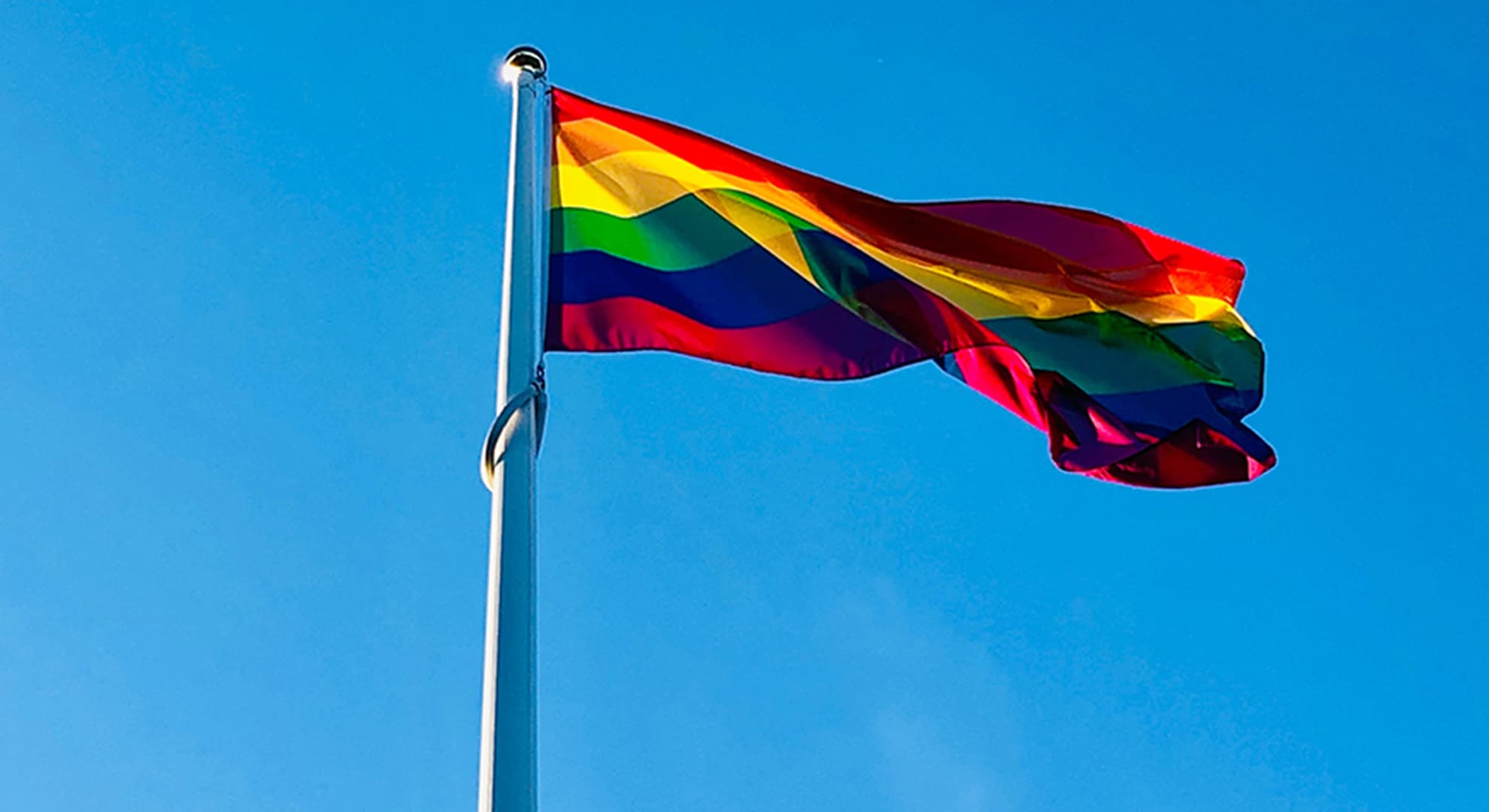With today’s LGBTQI+ youth still facing continued harassment for their sexual and gender identity, support for the community has never been more important.
Pride is about more than just defending, and educating on, the personal rights of a LGBTQI+ person, it extends to anyone who is genuinely proud of someone from the LGBTQI+ community.
Modern society continues to embrace inclusivity and diversity, whether people differ in genders, ethnicity, sexual orientation, or identity. Well, most people do.
A furore has emerged following the release of the one-time Pride themed jersey by the Manly Sea Eagles, with seven players opting to boycott the round, citing religious and cultural beliefs as reasons.
Supporters of the Pride jersey have labelled the player revolt as a travesty, while others championed freedom of speech and religiosity.
So, was the mandated Pride Jersey an ill-thought-out idea if when it is clear not everyone was in support of it?
One fact to face up to is that not everyone is proud or inclusive. Neither a Pride jersey nor a Pride round is going to change that.
Is Manly Sea Eagle’s jersey showing inclusivity for the sake of inclusivity, which could do more harm than good?
Instead of seeing the pride of wearing and acceptance of the rainbow colours and what they signify, have LGBTQI+ youth now just been exposed to more harmful, bigoted views of those who spew the conspiracy of the homosexual agenda?
What was meant to be good intentions from the NRL club has become the exact opposite.
It may be bad execution, tokenism gone bad, or lack of communication between stakeholders.
Perhaps what it should have been is a choice.
Maximising impact
A research project on signalling that my peers and I are currently working on has shown the use of meaningful support in genuine context will have more impact than if it was manufactured, no matter the intention.
Wearing a rainbow symbol without pride or inclusiveness is exactly that.
It is important to try to do the right thing, but it needs to be relevant, meaningful, and genuine to make a real impact in changing people’s attitudes and behaviours.
The ‘option’ for the players to wear the rainbow striped jersey would have been the ideal solution.
Although it does not put up a united front as hoped, it will highlight the players who are truly genuine about being role models and heroes for the LGBTQI+ community.
To voluntarily show pride and inclusivity, rather than appear forced or mandated, will have more impact for those who need to feel accepted and embraced by society.
Players who choose not to be inclusive will simply be perceived as exactly that.
The use of symbols and semiotics through genuine intent will draw greater support from the overall community, and impact positively those affected by it (LGBTQI+ youth).
In fact, whether it is NRL or any other sporting code, players should be allowed to include the rainbow colours beyond Pride Round to show their acceptance and inclusivity.
A rainbow sewn-on patch, wristband, or shoelaces.
Even if you do not end up with a winning team at the end of the season, you will still end up with a number of sporting heroes on and off the field.
Dr Kelly Choong, Advertising Coordinator and Senior Lecturer.
 Making inclusivity mandatory may not be the best approach to promote acceptance.
Making inclusivity mandatory may not be the best approach to promote acceptance.



